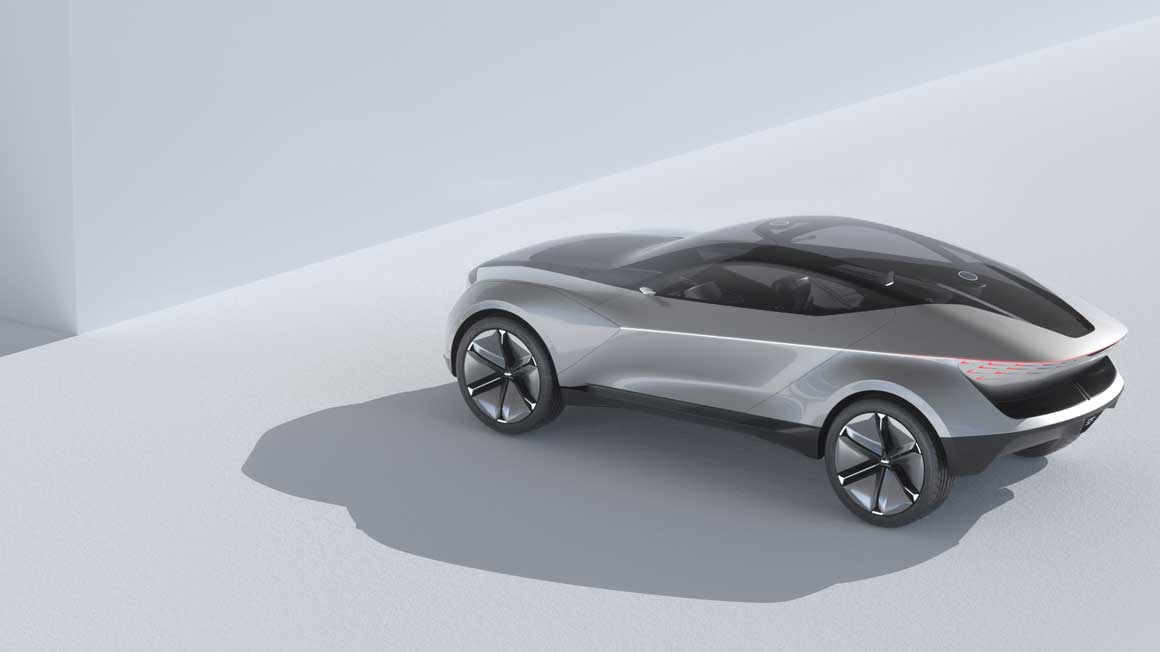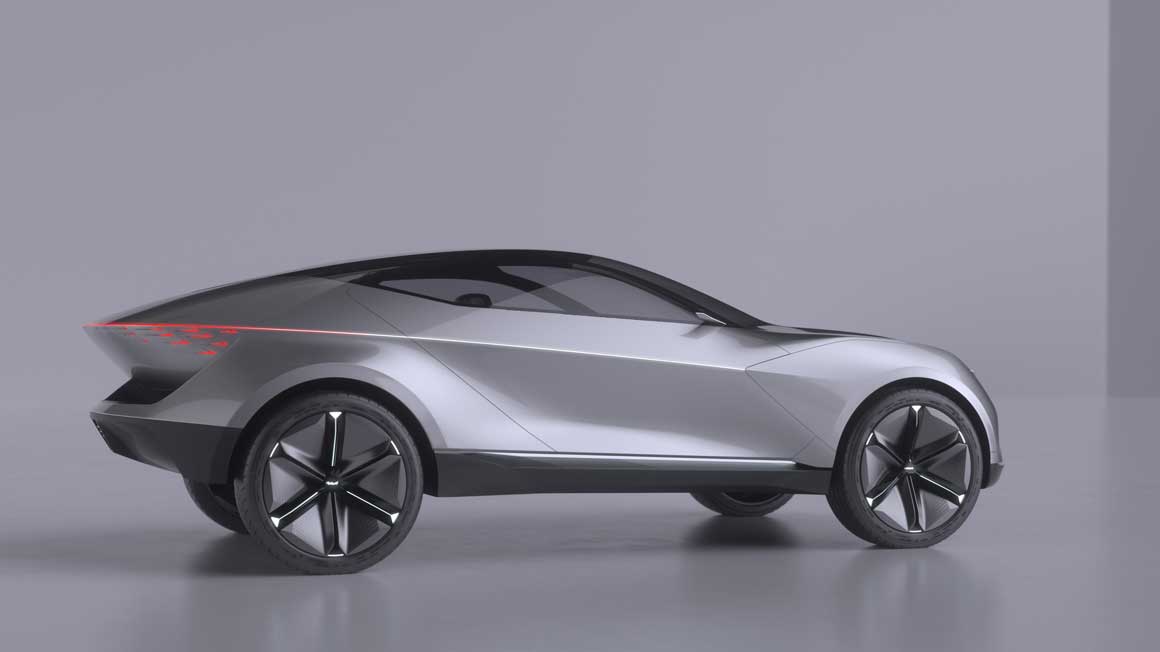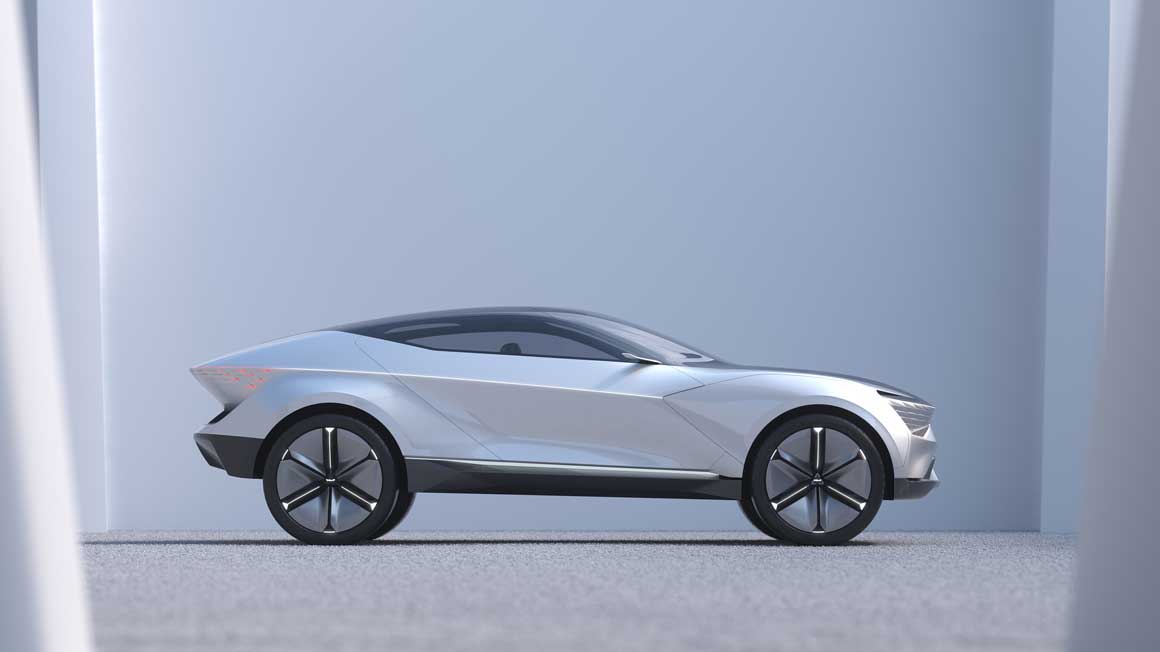South Korean carmaker Kia has unveiled a sleek and sexy new electric SUV coupe concept dubbed “Futuron” that appears to draw inspiration from the latest Bladerunner sci-fi film.
A portmanteau of the words future and on, the Futuron has a windswept look about it that appears inspired by the flying cars from Bladerunner 2049.
Tesla is about to unveil its own cyberpunk electric ute this month that CEO and co-founder Elon Musk has said will be like “an armored personnel carrier from the future“, but it seems that Kia designers have instead gone with a super sexy version of the famed Bladerunner vehicles.
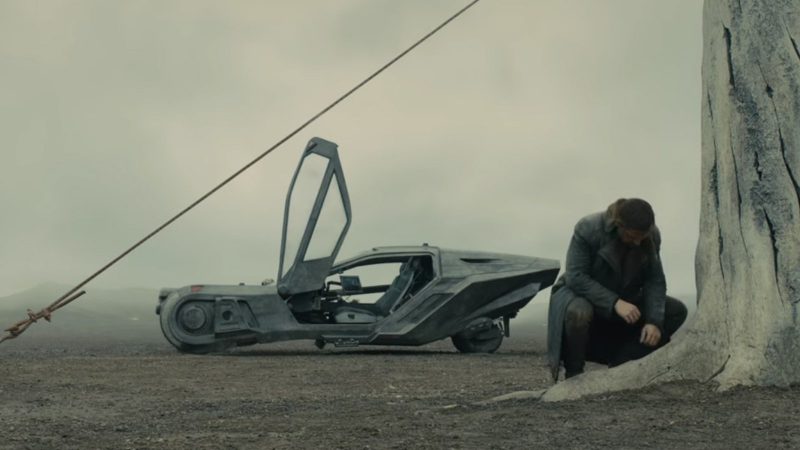
Kia refers to the Futuron as a SUV coupe – it crosses the line to SUV with a 4,850mm body, 3,000mm wheelbase and high stance, while its sleek roofline, height of 1,550mm and focus on space in the front gives it the status of coupe.
This new kind of crossover reminds us of when Nissan announced a new vehicle class it dubbed “elevated sports sedan“.
Designed around a notion of “dynamic purity” and 360 degree vision, the Futuron sets Kia’s vision for future EVs, shrugging away any superfluous exterior features (in fact it looks like they may have been blown off).
The nose incorporates what Kia calls a “tiger-face” nose with a sprinkling of lights worked in a “Star Cloud” design under the top of the nose.
This aerodynamic shape is echoed in one sharp line flowing from behind the front wheel to the back, while the sleek and low roofline opens up to the sky through a diamond-shaped, panoramic glass roof.
Integrated into the sunroof are an array of LiDAR sensors that Kia says will enable Level 4 autonomy to allow drivers to travel with hands and eyes away from the wheel and the road.
Inside the vehicle, the pod-like driver’s seat are made of a flexible material that automatically leans back into a reclining position when the vehicle is put into autonomous mode so that hands and eyes are not needed in the business of driving.
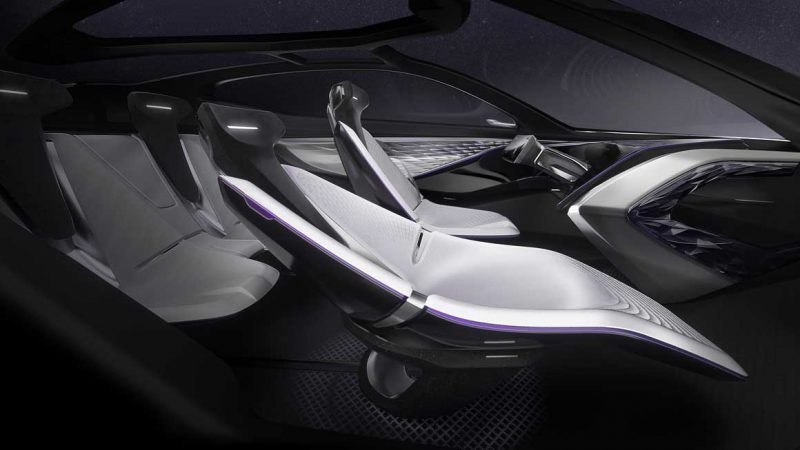
While the interior image teased by Kia does not give much away, the carmaker says that a dashboard interface sweeping from door to door integrates driving instrumentation, AI technologies as well as audio-visual features.
Power and battery specifications are not given other than a “high capacity battery” that is mounted below the floor of the vehicle, and the interesting fact that it has “in-wheel” motors – no doubt drawing on tech developments from sister carmaker Hyundai.

Bridie Schmidt is associate editor for The Driven, sister site of Renew Economy. She has been writing about electric vehicles since 2018, and has a keen interest in the role that zero-emissions transport has to play in sustainability. She has participated in podcasts such as Download This Show with Marc Fennell and Shirtloads of Science with Karl Kruszelnicki and is co-organiser of the Northern Rivers Electric Vehicle Forum. Bridie also owns a Tesla Model Y and has it available for hire on evee.com.au.



